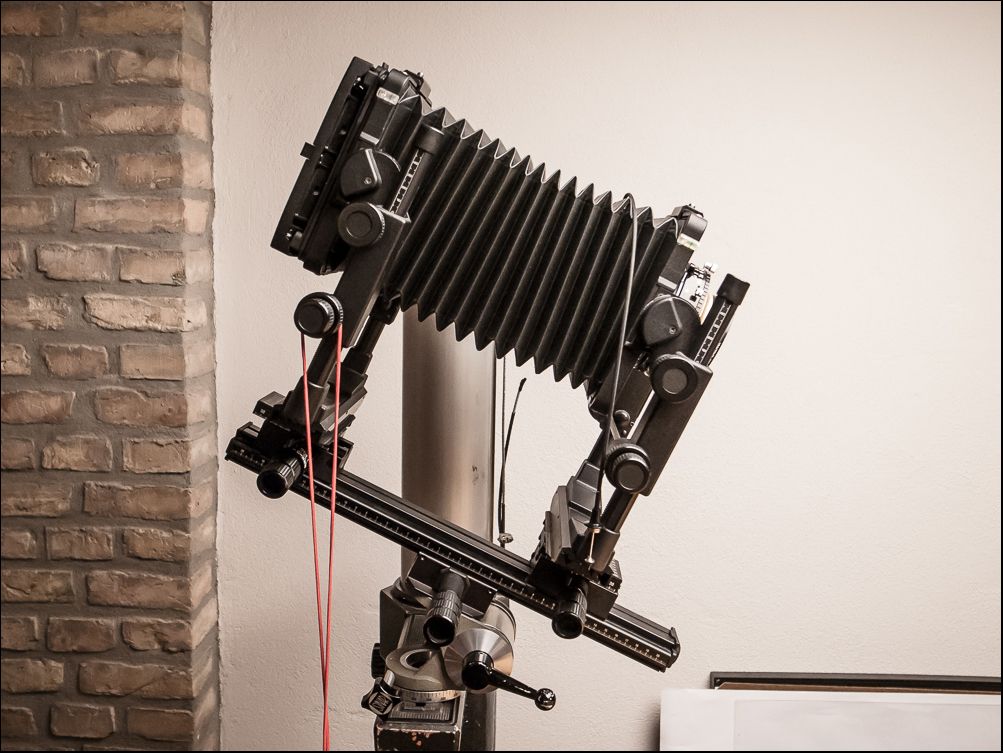Pete Askew
Admin
While fiddling with a 55mm lens on a Speed Graphic this afternoon (https://realphotographersforum.com/threads/anyone-know-of-a-wider-camera.9223/#post-77133) it occurred to me that I'd never done a thread on the technical camera I use here in Potsdam. So, here one is!
The Cambo Legend is a large format studio camera. As with most cameras of this type, it is a system camera with many components and accessories but is not quite as cross compatible as the Sinar system. However, the Legend is equipped with all of the usual movements, controlled by gears and with the usual locks and indents. It is a monorail camera with a rectangular cross-section as opposed to the circular cross-section of the Sinar.
This view shows the camera mounted on a short stand and Sinar tilt head. It is fitted with geared front and rear standards on a normal length rail (these can be extended by 'screwing' additional sections on) and a universal back and a Cooke 9" lens.

As usual, the standards are fitted with rise and fall and tilt,


horizontal shift and swing.

Focus is achieved by both moving the standards apart (coarse) and by rack and pinion on both.

The camera is fitted with a rotating back.


And this can be removed to attach a sliding back etc.

The camera can be fitted with a 'Compendium' lens hood or you can use other shades.

I have a reasonable range of the usual accessories including a bag-bellows for wide angle lenses, additional standard bellows to allow greater extension plus, as illustrated here, extension rails, Polaroid back, roll film backs (Cambo and Wista) and intermediate standards (to allow extra bellows units to be added).


There are several lenses mounted in Cambo panels including, from left to right; Rodenstock Apo Grandagon 55mm f1:4.5 MC, Rodenstock Grandagon N 75mm f1:4.5 MC, Schneider Super Symmar 120mm f1:5.6 MC, Schneider Apo Symmar 210mm f1:5.6 MC, Schneider Apo Symmar 360mm f1:6.8 MC and, in front mounted on a Linhof panel, a Schneider Super Symmar 110mm f1:5.6 Xl 105º Aspheric MC. The lens on the camera (mounted also on a Linhof panel via a Cambo to Linhof adapter panel) is a Cooke PS945 9" (229mm) f1:4.5 portrait lens (used for these https://realphotographersforum.com/threads/summer-heat-coffee-cyanotype.2805/ ).

At some point I'll try and do some sort of tutorial on using one of these.
All images shot using a Ricoh GR Digital III. PP in LR.
The Cambo Legend is a large format studio camera. As with most cameras of this type, it is a system camera with many components and accessories but is not quite as cross compatible as the Sinar system. However, the Legend is equipped with all of the usual movements, controlled by gears and with the usual locks and indents. It is a monorail camera with a rectangular cross-section as opposed to the circular cross-section of the Sinar.
This view shows the camera mounted on a short stand and Sinar tilt head. It is fitted with geared front and rear standards on a normal length rail (these can be extended by 'screwing' additional sections on) and a universal back and a Cooke 9" lens.

As usual, the standards are fitted with rise and fall and tilt,


horizontal shift and swing.

Focus is achieved by both moving the standards apart (coarse) and by rack and pinion on both.

The camera is fitted with a rotating back.


And this can be removed to attach a sliding back etc.

The camera can be fitted with a 'Compendium' lens hood or you can use other shades.

I have a reasonable range of the usual accessories including a bag-bellows for wide angle lenses, additional standard bellows to allow greater extension plus, as illustrated here, extension rails, Polaroid back, roll film backs (Cambo and Wista) and intermediate standards (to allow extra bellows units to be added).


There are several lenses mounted in Cambo panels including, from left to right; Rodenstock Apo Grandagon 55mm f1:4.5 MC, Rodenstock Grandagon N 75mm f1:4.5 MC, Schneider Super Symmar 120mm f1:5.6 MC, Schneider Apo Symmar 210mm f1:5.6 MC, Schneider Apo Symmar 360mm f1:6.8 MC and, in front mounted on a Linhof panel, a Schneider Super Symmar 110mm f1:5.6 Xl 105º Aspheric MC. The lens on the camera (mounted also on a Linhof panel via a Cambo to Linhof adapter panel) is a Cooke PS945 9" (229mm) f1:4.5 portrait lens (used for these https://realphotographersforum.com/threads/summer-heat-coffee-cyanotype.2805/ ).

At some point I'll try and do some sort of tutorial on using one of these.
All images shot using a Ricoh GR Digital III. PP in LR.
Last edited:

